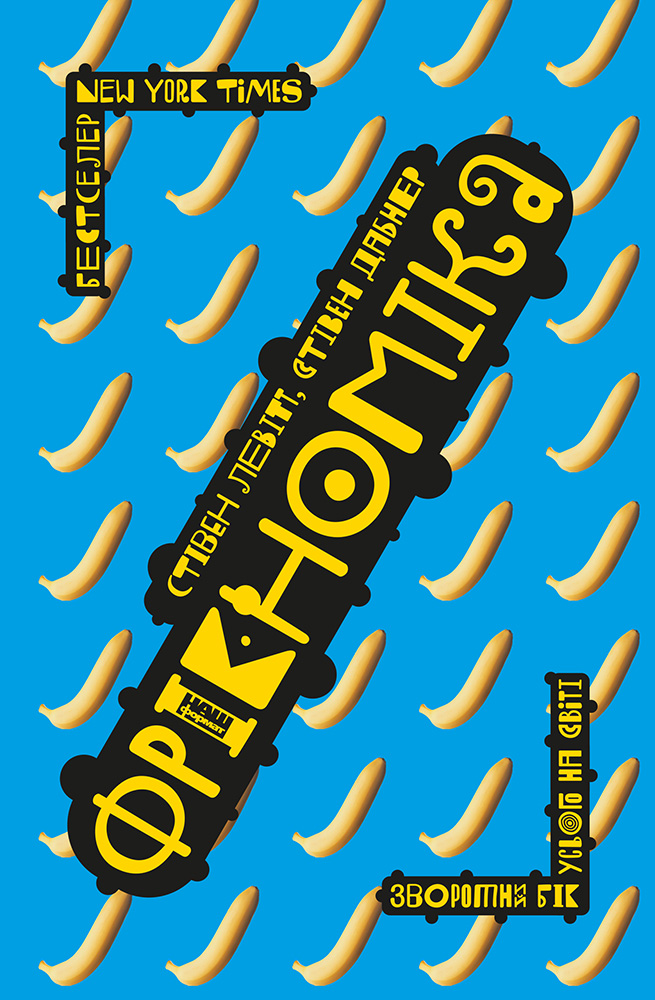Читати книгу - "Genghis Khan and the Making of the Modern World"
Шрифт:
Інтервал:
Добавити в закладку:
The Mongols devised and used weapons from the different cultures with whom they had contact, and through this accumulation of knowledge they created a global arsenal that could be adapted to whatever situation they encountered. In their flaming and exploding weapons, the Mongols experimented with early forms of armaments that would later become mortars and cannons. In the description of Juvaini, we sense the confusion of the witnesses in accounting for exactly what happened around them. He described the Mongol assault as “like a red-hot furnace fed from without by hard sticks thrust into the recesses, while from the belly of the furnace sparks shoot into the air.” Genghis Khan’s army combined the traditional fierceness and speed of the steppe warrior with the highest technological sophistication of Chinese civilization. Genghis Khan used his fast-moving and well-trained cavalry against the enemy’s infantry on the ground, while negating the protective power of the fortress walls with the new technology of bombardment using firepower and unprecedented machines of destruction to penetrate the fortress and terrorize its defenders. With fire and death raining down on the men in the citadel, the warriors of the sultan, in Juvaini’s words, quickly “drowned in the sea of annihilation.”
Genghis Khan recognized that warfare was not a sporting contest or a mere match between rivals; it was a total commitment of one people against another. Victory did not come to the one who played by the rules; it came to the one who made the rules and imposed them on his enemy. Triumph could not be partial. It was complete, total, and undeniable—or it was nothing. In battle, this meant the unbridled use of terror and surprise. In peace, it meant the steadfast adherence to a few basic but unwavering principles that created loyalty among the common people. Resistance would be met with death, loyalty with security.
His attack on Bukhara ranked as a success, not merely because the people of that city surrendered, but because when word of the Mongol campaign reached the capital of Samarkand, that army surrendered as well. The sultan fled his kingdom, and the Mongol juggernaut pushed onward. Genghis Khan himself took the main part of the army across the mountains of Afghanistan and on to the Indus River, while another detachment circled around the Caspian Sea, through the Caucasus Mountains, and onto the plains of Russia. For precisely seven hundred years, from that day in 1220 until 1920, when the Soviets moved in, Genghis Khan’s descendants ruled as khans and emirs over the city of Bukhara in one of the longest family dynasties in history.
Genghis Khan’s ability to manipulate people and technology represented the experienced knowledge of more than four decades of nearly constant warfare. At no single, crucial moment in his life did he suddenly acquire his genius at warfare, his ability to inspire the loyalty of his followers, or his unprecedented skill for organizing on a global scale. These derived not from epiphanic enlightenment or formal schooling but from a persistent cycle of pragmatic learning, experimental adaptation, and constant revision driven by his uniquely disciplined mind and focused will. His fighting career began long before most of his warriors at Bukhara had been born, and in every battle he learned something new. In every skirmish, he acquired more followers and additional fighting techniques. In each struggle, he combined the new ideas into a constantly changing set of military tactics, strategies, and weapons. He never fought the same war twice.
The story of the boy who was destined to become the world’s greatest conqueror began six decades before the Mongol conquest of Bukhara in one of the most remote places in the inner expanse of Eurasia, near the border of modern Mongolia and Siberia. According to legend, the Mongols originated in the mountain forest when Blue-Gray Wolf mated with Beautiful Red Doe on the shores of a great lake. Because the Mongols permanently closed this homeland to outsiders when Genghis Khan died, we have no historical descriptions of it. The names of its rivers and mountains are virtually unknown in the historical literature, and even modern maps give conflicting names to its features, in a great variety of spellings.
This territory of the Mongol clans occupied only a small part in the northeast of the country now known as Mongolia. Most of the country now spreads across a high plateau in north-central Asia, beyond the range of the Pacific Ocean’s moisture-bearing winds that water the lush coastal plains of Asia’s agricultural civilizations. By contrast, the winds that reach the Mongolian plateau mostly blow from the Arctic in the northwest. These winds release what little moisture they carry onto the northern mountains and leave the southern part of the country dry, a terrain known as govi, or to foreigners as the Gobi. Between the harsh Gobi and the moderately watered mountains to the north lie vast stretches of steppe that turn green in the summer if they get rain. It is along these steppes that the herders move in the summer, searching for grass.
Although reaching only about ten thousand feet above sea level, Mongolia’s Khentii Mountain Range consists of some of the oldest mountains on the planet. Unlike the jagged, youthful Himalayas, which can only be ascended with climbing gear, the ancient Khentii Mountains have been smoothed by millions of years of erosion so that, with only moderate difficulty, a horse and rider can reach all but a few of the peaks in summer. Marshes dot their sides; in the long winter, these freeze into a solid mass. The deeper indentations in the mountainsides collect snow and water that freeze into what
Увага!
Сайт зберігає кукі вашого браузера. Ви зможете в будь-який момент зробити закладку та продовжити читання книги «Genghis Khan and the Making of the Modern World», після закриття браузера.




